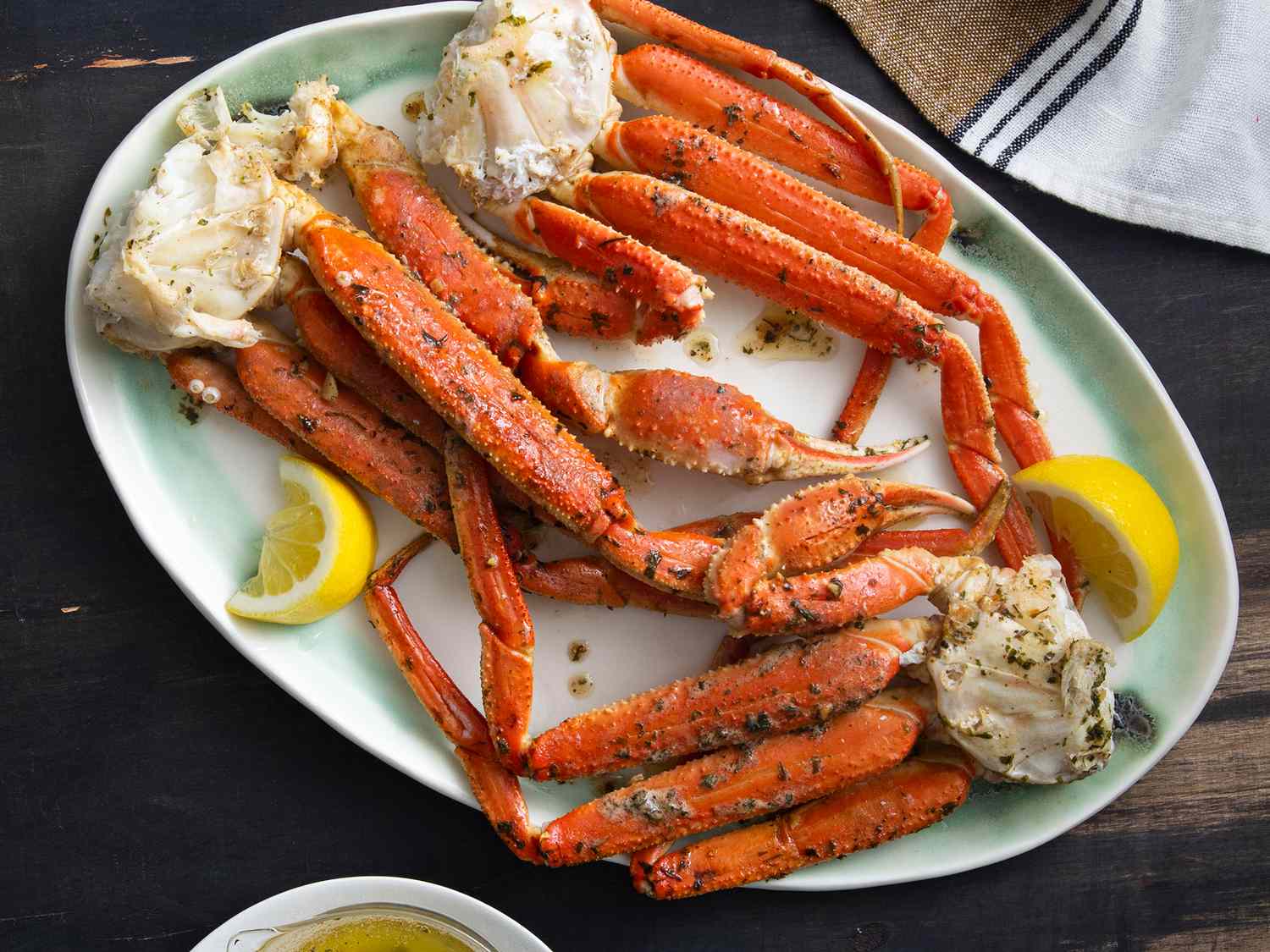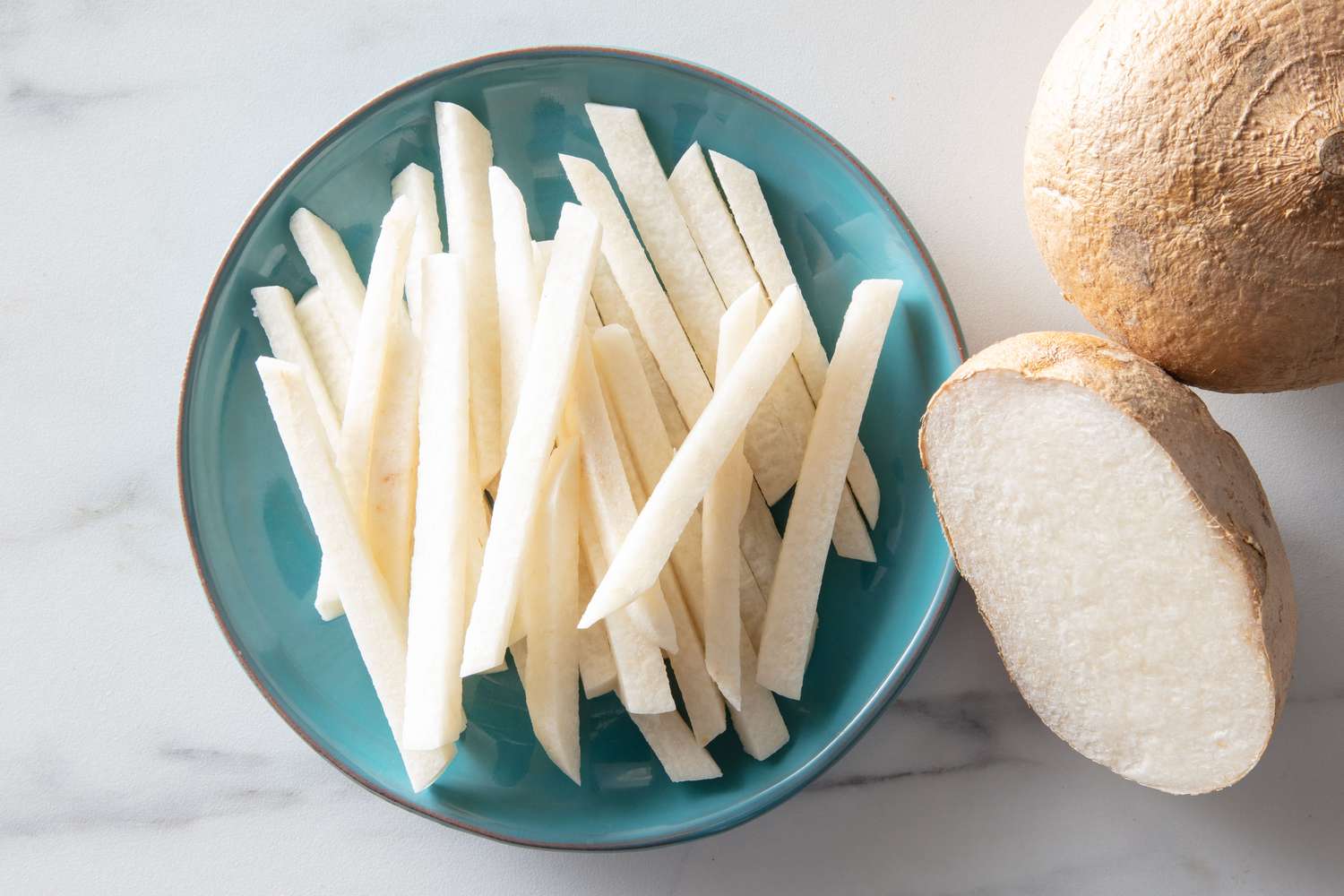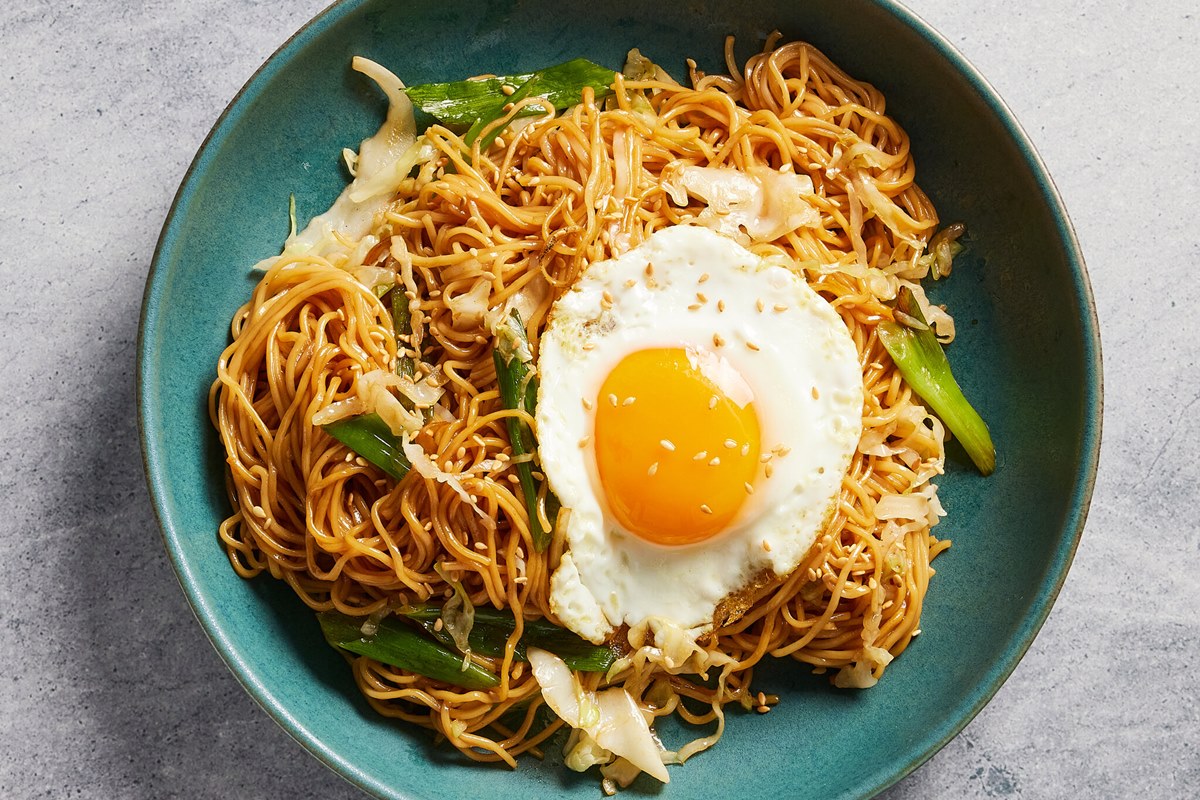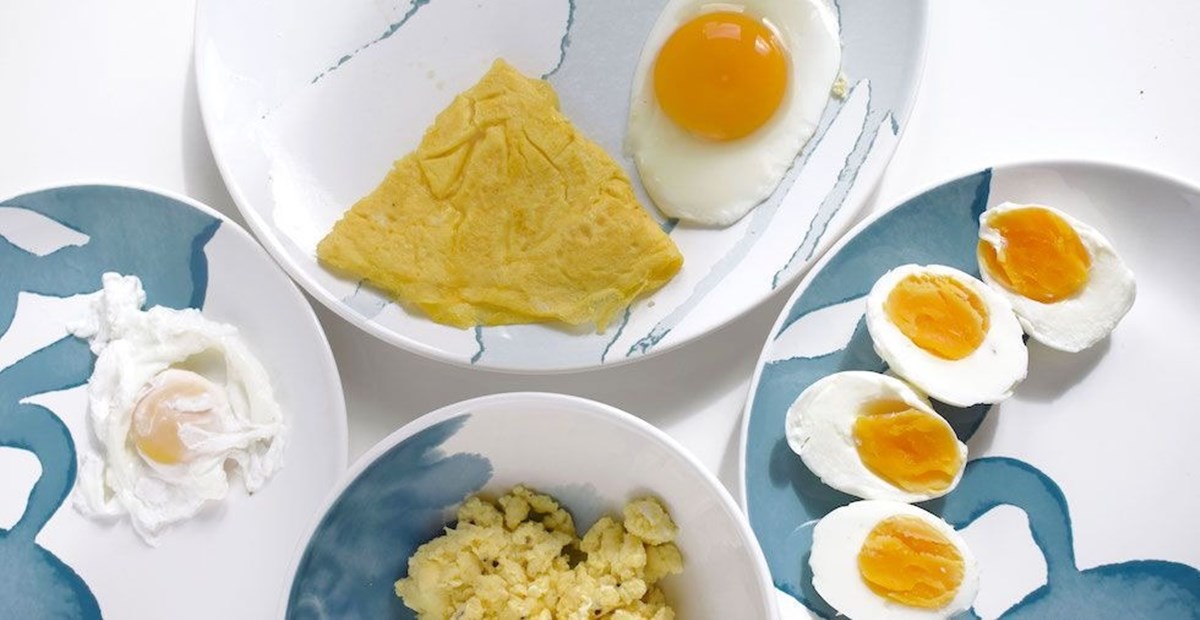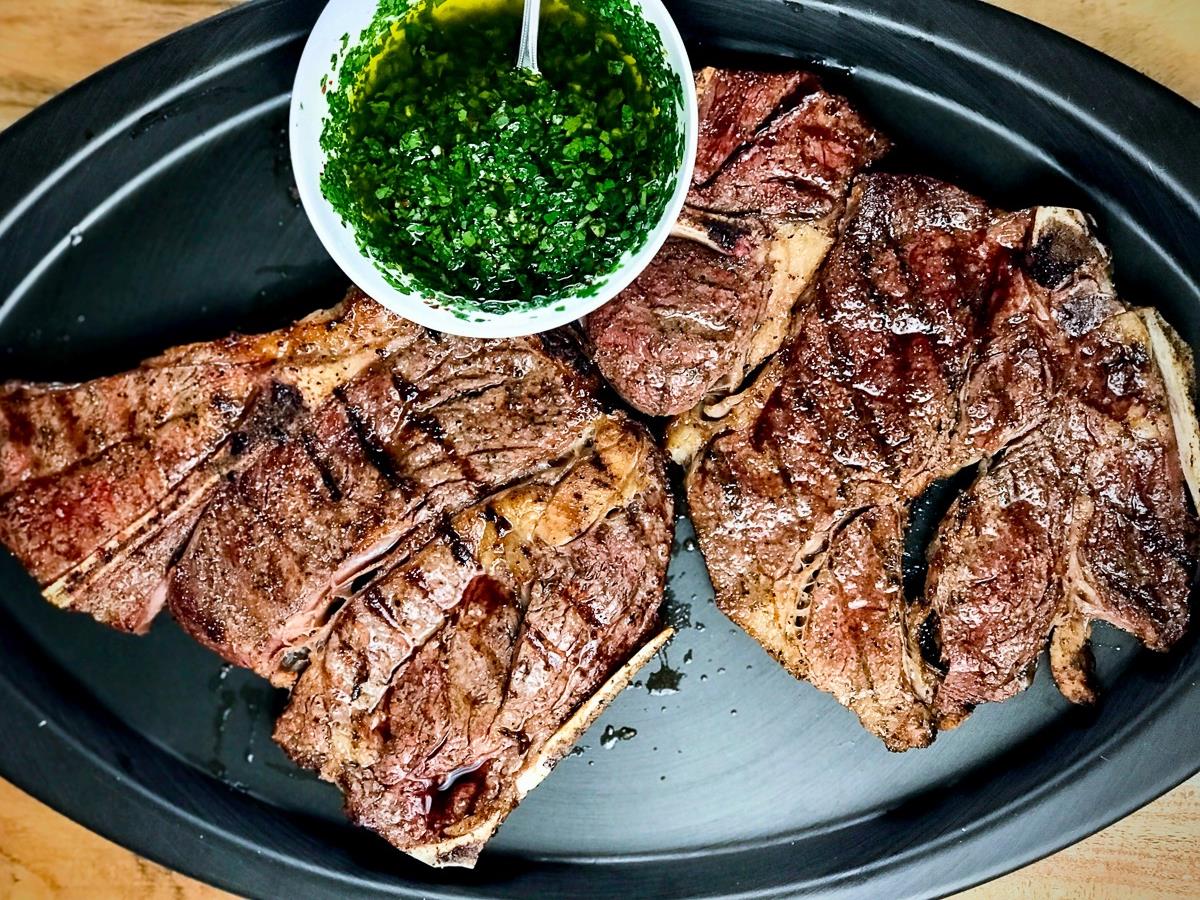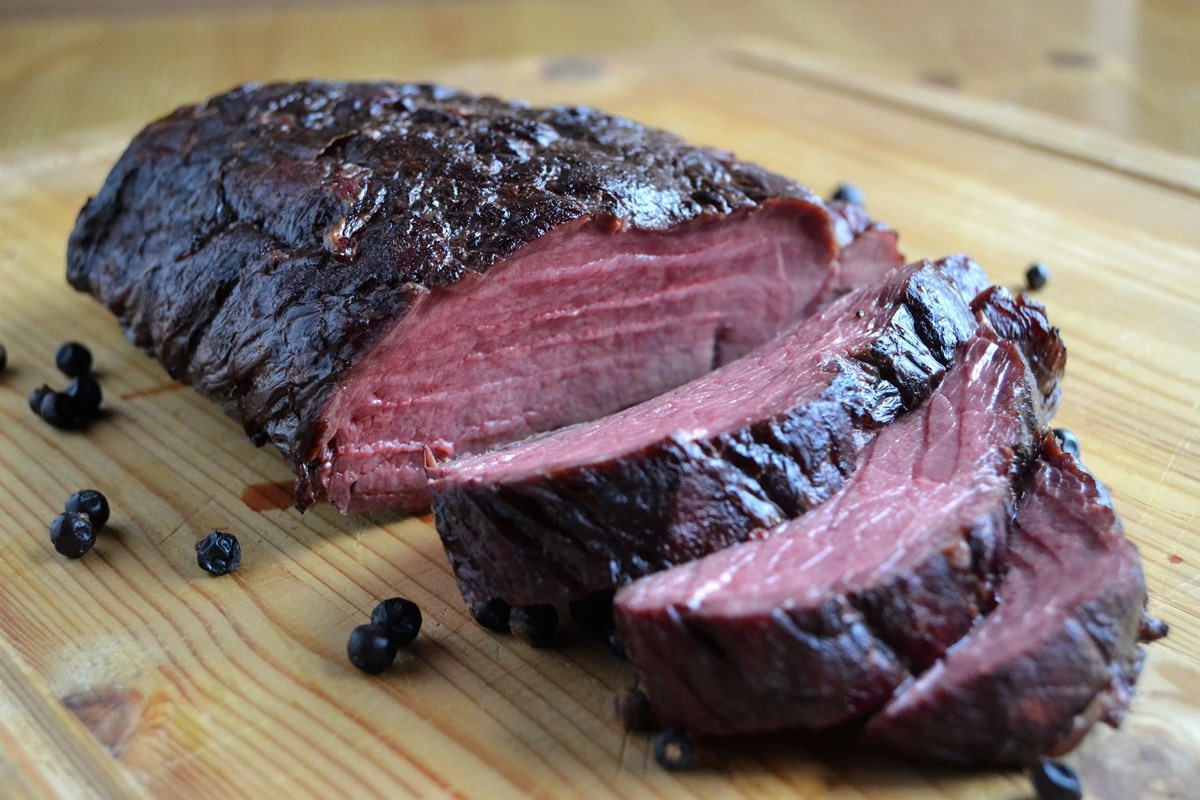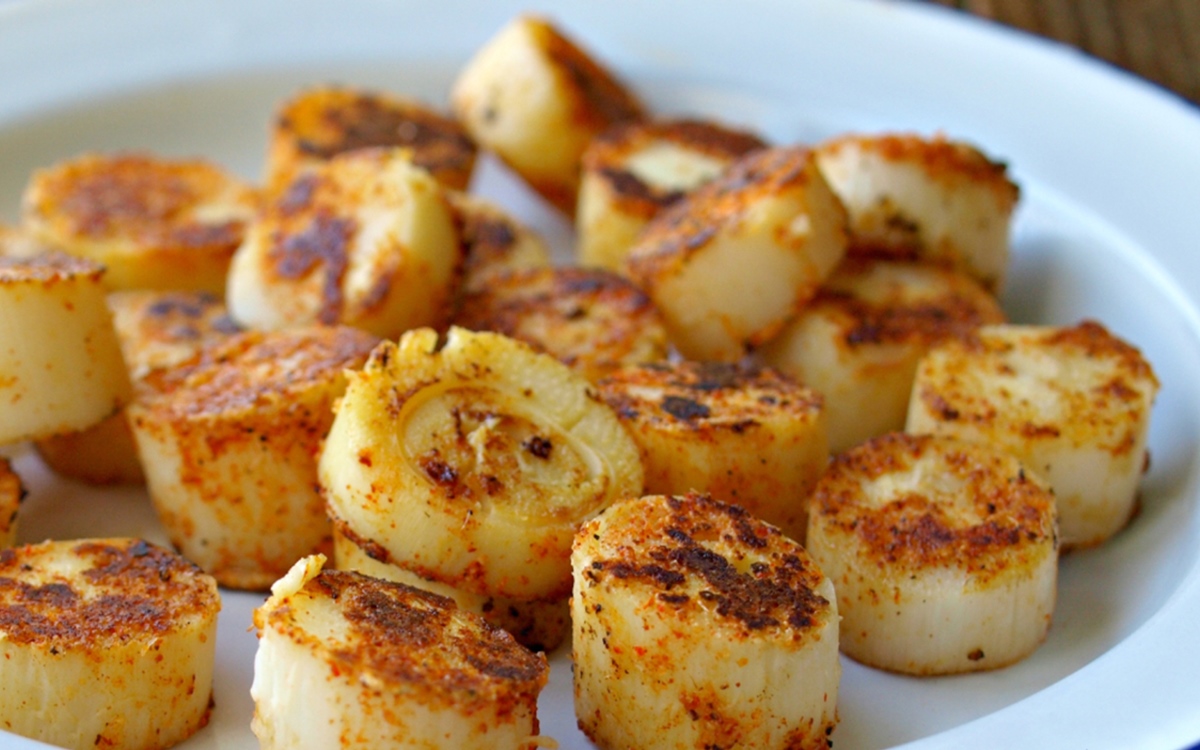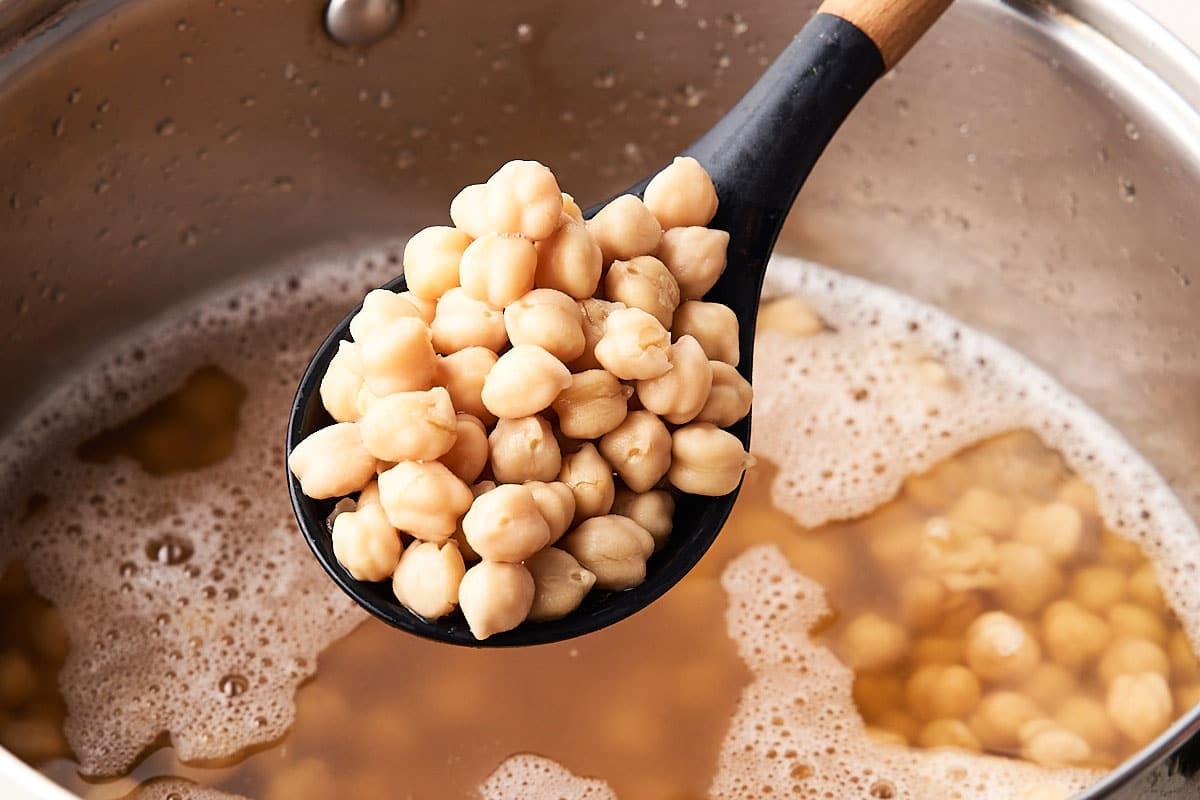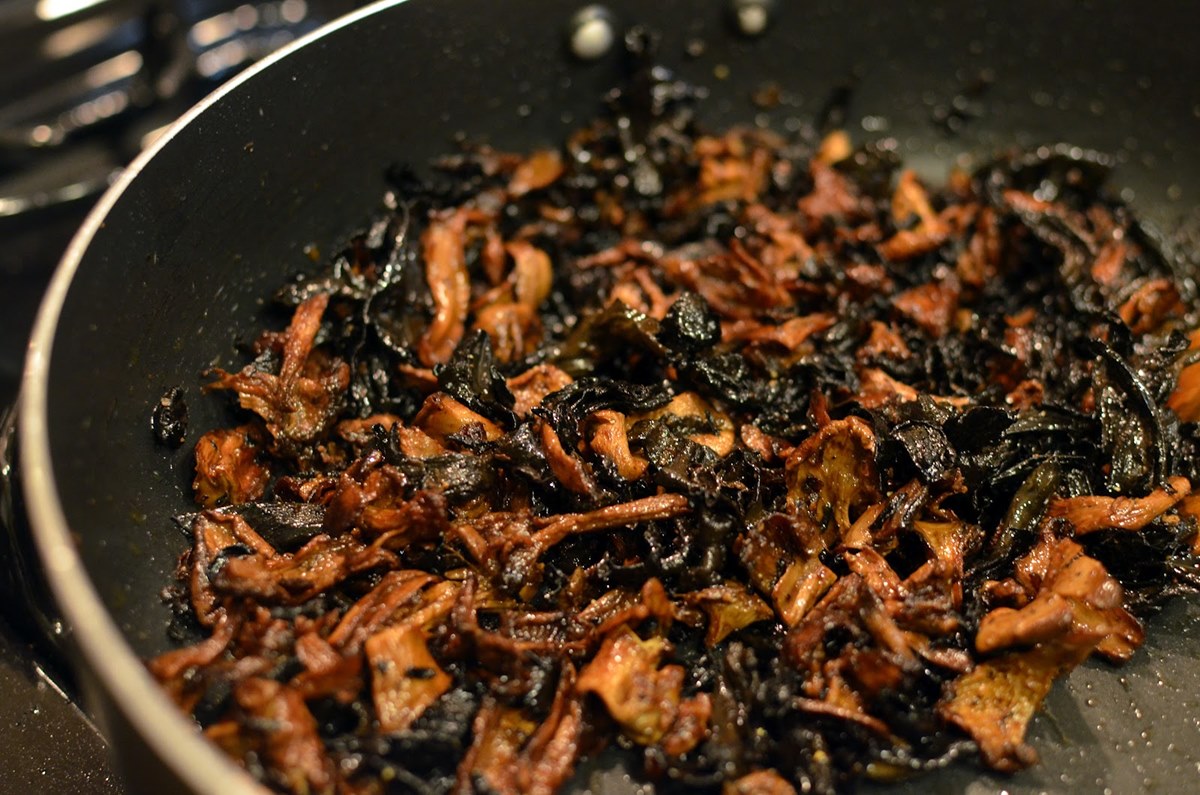How To Cook Snow Peas In Microwave
If you’re looking for a quick and easy way to prepare snow peas, look no further than your microwave. Cooking snow peas in the microwave is a fast and convenient method that retains their vibrant color and crisp texture. Not only does it save you time, but it also preserves the nutrients in the peas. Follow these simple steps to cook snow peas in the microwave and enjoy a delicious and healthy side dish.
What You’ll Need:
- Snow peas
- Microwave-safe dish
- Water
- Salt and pepper (optional)
Step-by-Step Instructions:
- Start by rinsing the snow peas under cool water to remove any dirt or debris. Trim off the ends if desired.
- Place the snow peas in a microwave-safe dish.
- Add a couple of tablespoons of water to the dish. This will help create steam and prevent the peas from drying out.
- Cover the dish with a microwave-safe lid or microwave-safe wrap, leaving a small vent to allow steam to escape.
- Microwave the snow peas on high for 2-3 minutes. Cooking times may vary depending on your microwave, so keep an eye on them to avoid overcooking.
- Check the snow peas for doneness. They should be bright green and crisp-tender. If they need a bit more cooking, return them to the microwave for another 30 seconds to 1 minute.
- Once cooked, carefully remove the dish from the microwave and let it sit for a minute or two to cool slightly.
- Season the snow peas with a pinch of salt and pepper, if desired.
- Serve the cooked snow peas as a side dish or add them to stir-fries, salads, or pasta dishes for an extra burst of flavor and crunch.
Now that you know how to cook snow peas in the microwave, you can easily incorporate them into your favorite recipes or enjoy them as a healthy snack. It’s a convenient cooking method that saves time and preserves the natural goodness of the peas. So next time you’re craving a nutritious and delicious vegetable dish, reach for your trusty microwave and whip up some tasty snow peas in no time!
Using the guide on how to cook snow peas in the microwave, readers can effortlessly whip up a variety of delicious dishes. For a light and refreshing option, the Citrus Snow Pea and Avocado Salad is a must-try, combining the crisp texture of snow peas with the creamy richness of avocado and a zesty citrus dressing. Those in the mood for a heartier meal should consider the Snow Pea and Shrimp Pasta, where tender snow peas complement succulent shrimp in a delightful pasta dish. For a quick and savory side, the Garlic Butter Snow Peas offer a simple yet flavorful option that’s perfect for any meal. Lastly, the Sesame Snow Peas provide an Asian-inspired twist, with the nutty flavor of sesame seeds enhancing the natural sweetness of the snow peas.
Was this page helpful?
Read Next: How To Cook Fresh Crowder Peas

